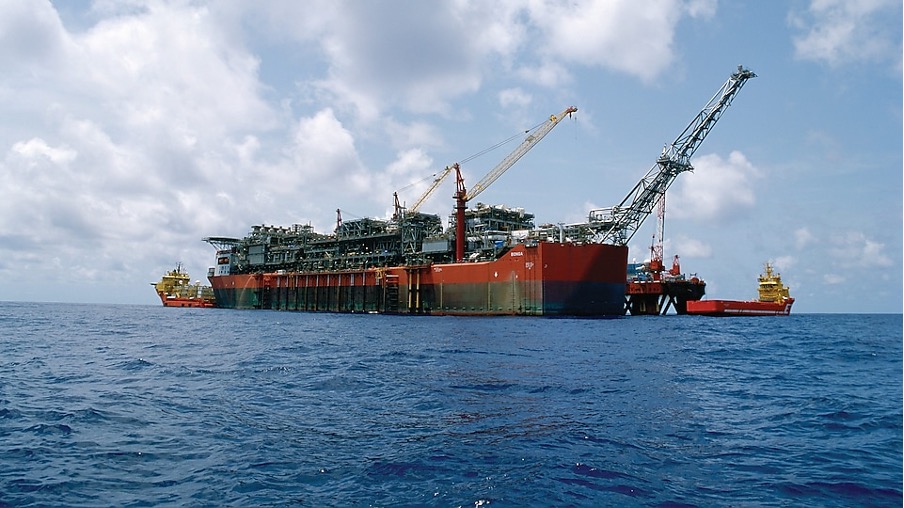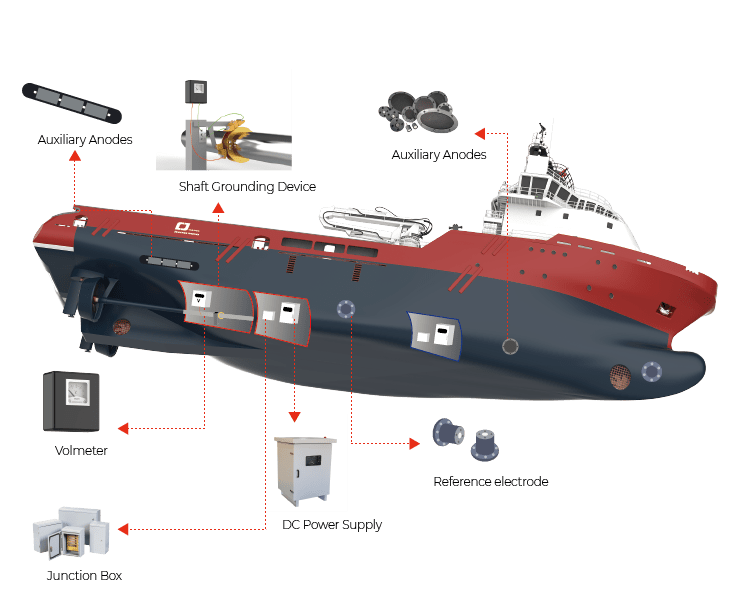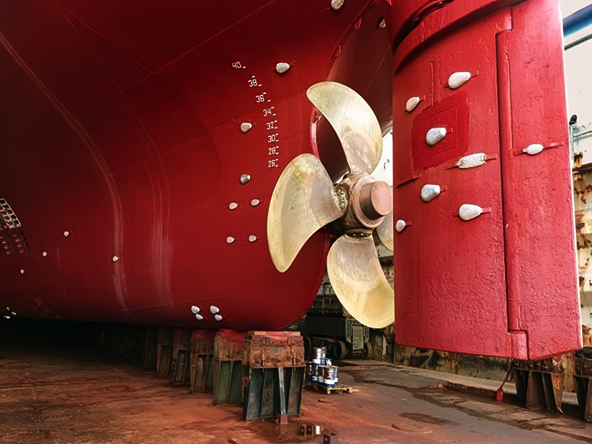

Description
- +888 (123) 869523
- sailo@gmail.com
- New York – 1075 Firs Avenue
SHIP HULL & PONTOONS CATHODIC PROTECTION SYSTEM
Ships, also including FPSOs, FLNGs, FSU, FPU and DP semi-subs., are constantly exposed to water and moisture-laden winds, making them highly vulnerable to corrosion. Corrosion can affect everything from the ship hull to its intricate machinery and smaller operational equipment. This persistent issue is one of the primary threats to a ship’s integrity and performance, as it compromises not only the hull but also key components such as propellers, rudders, and ballast tanks.
ARCTURUS ENGINEERING SERVICES offers a comprehensive range of cathodic protection engineering designs for various marine vessels, including pleasure craft, riverboats, canal boats, cruising boats, ocean-going ships and offshore drilling and/or productions vessels. Our team pay critical attention to anodes materials selection designed to prevent corrosion on critical ship components, including hulls, propellers, rudders, shafts, ballast tanks, sea chests, buoys, and more. We offer the following designs which can be tailored to client’s project specification:
Vessel Hull ICCP System
The Impressed Current Cathodic Protection (ICCP) system is a highly effective solution for preventing corrosion on marine vessels. The ICCP system works by controlling the electrical potential at the hull/seawater interface. This system consists of anodes, a power supply unit, and reference electrodes placed on both the port and starboard sides of the ship.
These reference electrodes monitor the electrical potential and automatically adjust the power output to the anodes. By raising or lowering the current based on the ship’s corrosion exposure, the ICCP system provides the optimum level of protection for the ship’s hull. This automatic adjustment ensures that the vessel receives consistent and effective protection against corrosion throughout its operational life, minimizing the risks of structural damage.


Ship Hull SACP System
The Sacrificial Anode Cathodic Protection (SACP) system utilizes sacrificial anodes made from metals that have a more negative potential than the metal structure they are protecting. The sacrificial anodes corrode in place of the ship’s hull and other components, offering a simpler but effective method of corrosion protection.
The key components of an SACP system include:
Anode(s):
Made from aluminium, zinc, or magnesium alloys, chosen based on the operating environment and the metal being protected.
Connecting System:
This includes cabling and fasteners that ensure a secure electrical connection between the anode and the protected structure.
Protected Structure:
The SACP system safeguards various parts of a ship, such as the hull, shafts, rudders, sea chests, heat exchangers, condensers, ballast tanks, and more.
By delivering sufficient protective current, sacrificial anodes prevent corrosion from attacking the ship’s vital structures. Our CPS engineering design method is particularly favoured for its simplicity and reliability, providing long-lasting protection to ships of all sizes.

